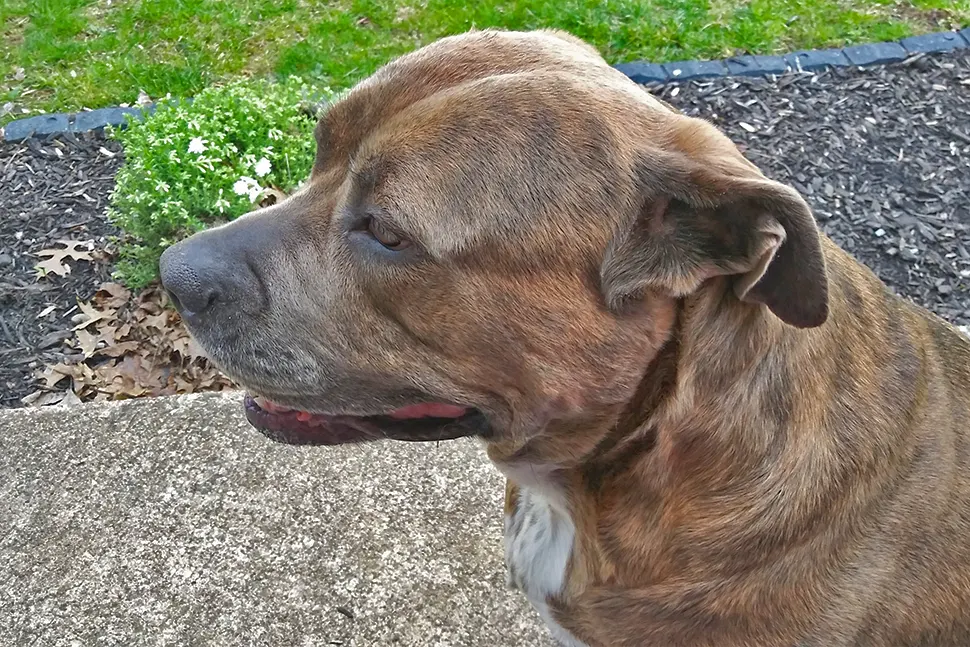Bensalem, we are into our 4th day of excessive heat warnings and a quick look at the weather forecast tells us we are in for another day or two at least. If it’s too hot for you, it’s even worse for your pets. We’ll look at warning signs and things to do to help keep our pets safe and make them more comfortable in this heat wave.
Keep your pets inside as more as possible
Heat stroke can be fatal for dogs, cats, and other animals but a few simple precautions can help them get through a heat wave.
Keeping your pet inside, preferably in air-conditioned spaces would be ideal. Putting them near a fan will also help if you don’t have air-conditioning. We’re looking to keep them in a room no warmer than 80 degrees.
If you have no choice and have to leave your pets outside, you need to make sure they have enough shade and fresh cool water. Check on them every few minutes and keep them out of direct sunlight.
Pets normally kept in cages, like rabbits, a small fan nearby, or putting a frozen water bottle in their cage can help them cool themselves.
When the doggo has to do its business
If it’s 77 degrees outside, asphalt pavement that’s been sitting in sun can be up to 125 degrees. When the temperature gets up to 87, that asphalt temperature rises to a burning 143 degrees.
You can fry an egg at 135 degrees in 5 minutes.
As a rule of thumb put your hand on the pavement for seven seconds before heading outside with your dog. If it’s too hot for your hands, then it’s too hot for your paws.
Taking your walks in the early morning or after the sun goes down will ensure cooler temperatures and a safer walk for your dog.
If you do need to go out while it’s still hot, try to keep the walk in the grass as much as possible.
Investing in a good pair of dog booties will keep your pet’s paws safe or use a topical product to toughen up their paws. Dogs love shoes, right?
If nothing else, you’ll have plenty of opportunities to record them getting used to the boots for your Facebook or Instagram feed!
Be sure to not overexercise your dog, either. Take frequent breaks, and make sure to carry water with you.
Pay attention to your furbaby. If your buddy seems uncomfortable or is acting unusually on your walk, relocate to a cooler spot.
Forget about leaving your dog in the car, even for a “couple” of minutes
Hundreds of pets die from heat exhaustion each year after they are left in parked vehicles. It doesn’t matter if you crack the windows or park in the shade, the interior of a car can still reach 120 degrees in a matter of minutes.
Know the signs of overheating, and act fast.
If your dog is panting excessively, with thick, ropy drool, acting unusually lethargic, vomiting, or experiencing diarrhea, get care immediately.
In dogs, signs of heat stroke also include a deep red tongue and brick red gums. For cats, open-mouth breathing can indicate that they are over-heating.
Animals with heat exhaustion or heat stroke may also act confused or just seem “out of it”.
Dogs may not respond to their names or simple commands, and some may stagger when they walk.
Act fast if your pet shows these signs. Soak a couple of towels with cool water, not ice water, and wrap them around your pet.
Take your pet to a vet or animal hospital as soon as possible.
The Red Cross has a pet safety app with instructions for animal first aid, as well as a directory of local animal emergency resources.
Which pets are at higher risk?
Just like humans, animals that are very old, very young, or have underlying health issues are at higher risk for heat stroke and exhaustion when the temperatures are this hot.
In addition, Dog and cat breeds with thicker coats, think huskies, golden retrievers, and long hair cats, are also at risk.
Pets with shorter snouts and “smushed” faces, like pugs, English and French bulldogs, Boston terriers, and Persian and Himalayan cats are extremely susceptible to heat.
These pets are not able to pant as effectively, and so they can struggle to regulate their temperatures. They should be outside as little as possible.
With a little planning and prepping you and your furry children should have a happy and healthy summer. Even in this heat.
